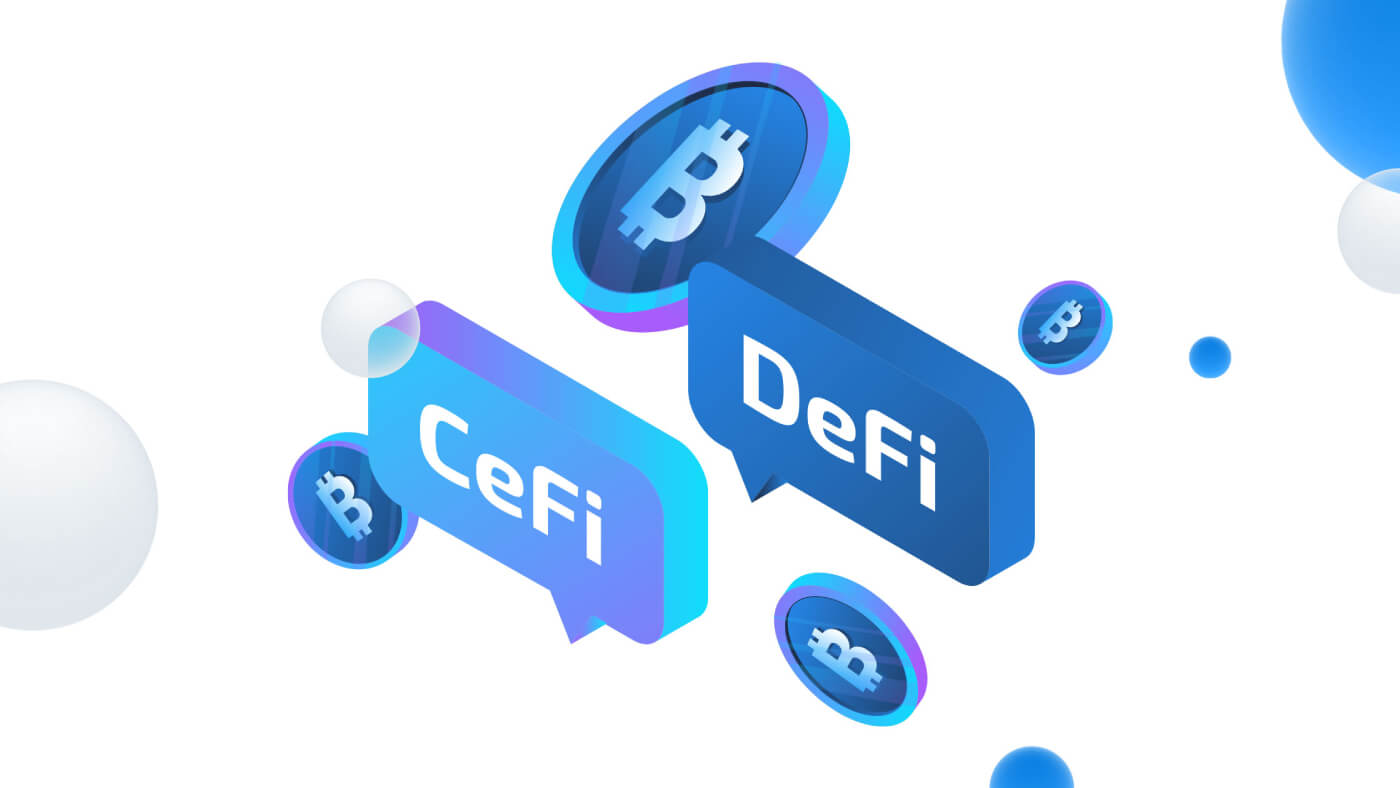Introduction to Cross Chain Bridges and How They Work – Cross-chain bridge crypto

Have you ever wondered about the intricate mechanisms that enable the seamless transfer of information and value between two distinct blockchain networks? The concept of cross chain bridges – or the establishment of connections that span across different chains – has garnered significant attention in recent years, revolutionizing the way in which decentralized ecosystems interact and collaborate. These bridges serve as gateways, facilitating the exchange of assets and data, ultimately enhancing the interoperability and scalability of blockchain networks.
With the continuous advancement of blockchain technology, the need for effective cross chain bridges has become paramount. By forging these connections, blockchain networks can expand their capabilities, extend their reach, and harness the power of multiple chains in unison. However, the development and design of these bridges require meticulous attention to detail, as they must effectively synchronize the operations of two separate networks with varying protocols, consensus mechanisms, and cryptographic structures.
The establishment of cross chain bridges demands a deep understanding of the underlying protocols and cryptographic techniques. These bridges should enable secure and transparent transfer of assets and information between chains, while mitigating the risks associated with potential vulnerabilities and attacks. Additionally, the intricacies of supporting cross chain asset transfers and ensuring atomicity – where transactions either occur entirely or not at all – add an extra layer of complexity to the construction of these bridges.
How Cross Chain Bridges Enable Interoperability benefits of cross-chain bridge work
Enabling interoperability between different blockchain networks is a complex challenge that requires a careful understanding of the underlying mechanisms. In this section, we will explore the innovative concept of cross chain bridges and how they facilitate seamless communication and transfer of assets between disparate blockchain platforms.
At its core, a cross chain bridge acts as a decentralized infrastructure that establishes a secure and trustless connection between two or more blockchain networks. By leveraging advanced cryptographic techniques and consensus algorithms, cross chain bridges enable the interchange of digital assets, data, and even smart contracts across different chains.
One key aspect of cross chain bridges is their ability to ensure the integrity and security of transferred assets. Through the use of cryptographic proofs and verification mechanisms, these bridges establish a secure channel that guarantees the immutability of transactions and prevents malicious activities such as double-spending.
Another essential feature of cross chain bridges is their ability to bridge the gap between different blockchain protocols and data formats. By translating the protocols and formats used by each interconnected chain, these bridges enable seamless interoperability, allowing users to access and utilize blockchain functionalities from multiple networks with ease.
Moreover, cross chain bridges play a vital role in enhancing scalability and reducing network congestion. By facilitating the movement of assets across chains, they help distribute the workload, reducing strain on individual blockchain networks and enabling them to handle more transactions and operations.
Overall, cross chain bridges provide a crucial infrastructure that enables the seamless interaction and interoperability between diverse blockchain networks. By overcoming barriers of compatibility, security, and scalability, these bridges pave the way for a more connected and collaborative blockchain ecosystem.
Exploring the Key Components of Cross Chain Bridges blockchain bridge crypto swap
Delving into the essential elements of cross chain bridges unveils a comprehensive understanding of the intricate network connections between different blockchain platforms. These bridges act as vital conduits that enable interoperability and seamless exchange of assets, information, and functionalities across disparate chains.
The first key component to explore is the bridge interface, which serves as the gateway facilitating the bidirectional flow of assets between chains. Through this interface, users can interact with the bridge’s functionalities, such as initiating transfers, managing liquidity, and monitoring transaction statuses.
Next, the bridge oracle plays a crucial role in connecting chains by providing real-time data feeds and validating transactions. Acting as a trusted intermediary, the oracle ensures the accuracy and integrity of information transferred between chains, enabling secure cross-chain operations.
Another fundamental component is the consensus mechanism employed by the cross chain bridge. This mechanism ensures the coordination and agreement of multiple blockchain validators when verifying and confirming cross-chain transactions. Common consensus mechanisms include proof-of-stake (PoS), proof-of-authority (PoA), and Byzantine fault tolerance (BFT).
Furthermore, interoperability standards like the Inter Blockchain Communication (IBC) protocol aid in facilitating cross-chain communication and compatibility between different blockchain networks. These standards define the protocols and data formats used for inter-chain communication, providing a common language for cross-chain interactions.
Additonally, cross-chain asset management mechanisms are essential for seamless transfer of assets. These mechanisms include token wrapping and unwrapping techniques, allowing for the representation of assets from one chain onto another. This enables users to utilize assets from different chains while maintaining their native functionality.
Lastly, security measures are critical when exploring cross chain bridges. These measures include the implementation of cryptographic protocols, multi-signature schemes, and audits to ensure the integrity and protection of assets and data during cross-chain transactions.
- Bridge interface: The gateway for bidirectional asset flow
- Bridge oracle: Real-time data feed provider and transaction validator
- Consensus mechanism: Coordination of validators for cross-chain transaction verification
- Interoperability standards: Facilitating cross-chain communication and compatibility
- Asset management mechanisms: Seamless transfer of assets across chains
- Security measures: Protecting assets and data during cross-chain transactions
Understanding the key components of cross chain bridges is vital in comprehending the underlying mechanisms that enable efficient and secure interoperability between diverse blockchain platforms. By exploring these components, we can further enhance the potential of cross-chain solutions in revolutionizing the blockchain ecosystem.
The Role of Validators in Interconnected Blockchain Networks risks of cross-chain bridges
Validators play a crucial role in the secure functioning of cross chain bridges. These validators are responsible for verifying and validating transactions and maintaining the integrity of the interconnected blockchain networks. They act as decentralized authorities, ensuring that the information being transferred between different blockchains is accurate and trustworthy.
One of the key responsibilities of validators is to validate transactions that are being relayed between different blockchains. They verify the authenticity and correctness of each transaction, ensuring that it meets the required criteria before it can be successfully transferred. Validators employ various consensus algorithms, such as proof-of-stake or proof-of-authority, to reach a consensus on the validity of transactions, preventing any malicious or fraudulent activities.
Validators also play a crucial role in managing the security of the interconnected blockchain networks. They participate in the consensus mechanism of each blockchain, ensuring that no single entity can gain control over the majority of the network’s validators. By distributing the responsibility of validating transactions across multiple nodes, validators enhance the decentralization and security of the overall network.
In addition to transaction validation and network security, validators also contribute to the governance of interconnected blockchain networks. They participate in voting processes and decision-making procedures, helping to shape the future development and protocols of the cross chain bridges. Validators hold a position of trust within these networks, as their role directly impacts the overall reliability and efficiency of the interconnected blockchain ecosystem.
| Key Responsibilities of Validators in Cross Chain Bridges: |
|---|
| Verify and validate transactions |
| Maintain the integrity of the interconnected blockchain networks |
| Prevent malicious or fraudulent activities |
| Enhance network decentralization and security |
| Contribute to the governance of interconnected blockchain networks |
Exploring the Security Measures in Interconnected Blockchain Networks
As blockchain technology continues to evolve, the concept of cross chain bridges has gained significant attention in the crypto community. These bridges serve as crucial links between separate blockchain networks, allowing for seamless interoperability and the transfer of assets across different chains. However, with such interconnectedness also comes the need for robust security measures to protect the integrity of these cross chain transactions.
One of the primary concerns in cross chain bridges is ensuring the authenticity and accuracy of information being transferred between interconnected networks. To address this, various cryptographic techniques, such as digital signatures and hash functions, are employed to verify the validity of transactions and protect against tampering or unauthorized modifications.
Another crucial aspect of security in cross chain bridges is safeguarding against the risk of double spending, where an asset is fraudulently spent multiple times across different chains. To mitigate this risk, mechanisms such as consensus algorithms and time locks are utilized to ensure that transactions occurring on one chain cannot be reversed or duplicated on another chain.
Furthermore, cross chain bridges also need to address the potential for attacks on the bridge itself. Measures like auditability and transparency play a significant role in detecting and preventing malicious activities. Regular audits and open-source code reviews contribute to building trust and confidence in the security of these bridges.
It is also important to consider the resilience of cross chain bridges against network failures or malicious actors attempting to disrupt the flow of information. Implementing fault-tolerant protocols and redundancy mechanisms can help ensure the continuous operation of the bridges and mitigate the impact of potential attacks or technical disruptions.
Overall, understanding the security measures in cross chain bridges is essential for promoting a trustworthy and robust ecosystem. By employing a combination of cryptographic techniques, consensus algorithms, transparency measures, and resilience mechanisms, developers and users can have increased confidence in the integrity and safety of cross chain transactions.
Future Potential and Challenges of Cross Chain Bridges
The future potential of cross chain bridges holds immense promise for the advancement of blockchain technology. These bridges create a seamless connection between different blockchain networks, enabling the exchange of assets and data across multiple chains. This opens up new possibilities for interoperability, scalability, and enhanced functionality in the decentralized ecosystem.
However, along with the potential comes a set of challenges that must be addressed to ensure the successful implementation and widespread adoption of cross chain bridges. One such challenge is the development of standardized protocols that can facilitate secure and efficient communication between disparate chains. These protocols need to ensure compatibility, reliability, and privacy in order to maintain the integrity of the interconnected networks.
Another challenge lies in the establishment of trust among participants within the cross chain ecosystem. Building trust requires transparent governance models and consensus mechanisms that ensure fair and just operations. Additionally, cross chain bridges must provide robust security measures to protect against potential attacks and vulnerabilities that may arise due to the increased complexity of integrating multiple chains.
Furthermore, scalability is a crucial aspect to consider when envisioning the future potential of cross chain bridges. As blockchain networks continue to grow in terms of transaction volume and user participation, it is essential to design bridges that can handle increased throughput and maintain high performance levels. Scalable solutions will enable the seamless transfer and exchange of assets across chains, while minimizing network congestion and transaction fees.
In conclusion, the future potential of cross chain bridges is immense, offering opportunities for enhanced interoperability and scalability in the blockchain ecosystem. However, these opportunities come with a set of challenges, including the development of standardized protocols, establishment of trust, implementation of robust security measures, and addressing scalability concerns. Overcoming these challenges will pave the way for the widespread adoption and utilization of cross chain bridges, further advancing the capabilities of blockchain technology.
Q&A: How do cross chain bridges work
How does blockchain interoperability facilitate the transfer of assets?
Blockchain interoperability facilitates the transfer of assets by allowing different blockchains to communicate and interact with one another. This enables tokens and other assets to move seamlessly from one blockchain to another, enhancing liquidity and usability across various blockchain platforms bridges offer.
What is the role of a cross-chain bridge in the blockchain space?
A cross-chain bridge in the blockchain space acts as a connector between two separate blockchains, enabling the transfer of assets and data between them. This bridge ensures that tokens on the destination chain accurately represent the value and ownership of tokens on the source chain.
How does a bridge hack impact blockchain interoperability?
A bridge hack can severely impact blockchain interoperability by compromising the security and trustworthiness of the cross-chain bridge. If a bridge is hacked, it can lead to loss of funds and reduced confidence in cross-chain transactions, affecting the overall functionality and reliability of blockchain interoperability solutions cross-chain bridges offer.
What are cross-chain bridges and how do they work?
Cross-chain bridges are protocols that enable the transfer of assets and data from one blockchain to another. They typically work by locking assets on the source chain and minting equivalent tokens on the destination chain, ensuring that the total supply remains constant and ownership is accurately represented across both chains.
How does the Binance Bridge support cross-chain functionality?
The Binance Bridge supports cross-chain functionality by allowing users to convert their assets from various blockchains to Binance Smart Chain and vice versa. This enables seamless asset transfers and liquidity provision across multiple blockchain networks, enhancing the overall interoperability of the Binance ecosystem.
What is the significance of cross-chain messaging in blockchain interoperability?
Cross-chain messaging is significant in blockchain interoperability as it enables communication between different blockchains. This allows smart contracts and other applications on one blockchain to interact with those on another blockchain, facilitating more complex and integrated blockchain solutions.
How do tokens on the destination chain maintain their value from the source chain?
Tokens on the destination chain maintain their value from the source chain through a process called token wrapping or pegging. This involves locking the original tokens on the source chain and issuing equivalent tokens on the destination chain, ensuring that the total supply and value are consistent across both chains.
What challenges do cross-chain bridges face in ensuring secure asset transfers?
Cross-chain bridges face challenges in ensuring secure asset transfers due to the complexity of managing multiple blockchain networks and maintaining the security of locked assets. Risks such as bridge hacks, smart contract vulnerabilities, and coordination issues between chains can compromise the safety and reliability of cross-chain transfers.
How do cross-chain bridges enable blockchain interoperability?
Cross-chain bridges enable blockchain interoperability by allowing different blockchain networks to connect and transfer assets and data between them. This interconnection expands the functionality and use cases of blockchain technology, making it possible for assets and applications to operate across diverse blockchain environments.
What role does the destination chain play in cross-chain interoperability?
The destination chain plays a crucial role in cross-chain interoperability by receiving and representing the assets transferred from the source chain. It ensures that the tokens or data on the destination blockchain accurately reflect the original assets’ value and ownership, facilitating seamless cross-chain interactions and enhancing overall blockchain functionality.
What is a cross-chain messaging protocol?
A cross-chain messaging protocol enables the exchange of data between different blockchain networks.
How does a programmable token bridge operate?
A programmable token bridge facilitates the transfer of assets from one blockchain to another by using a smart contract on the source chain.
What are the types of cross-chain bridges?
Types of cross-chain bridges include simple and complex bridges often associated with cross-chain interoperability solutions.
How do cross-chain bridges help with cross-chain liquidity?
Cross-chain bridges can help enable more complex cross-chain functionality by unlocking assets on the destination chain.
What is the need for cross-chain bridges in the blockchain ecosystem?
The need for cross-chain bridges arises from the requirement to facilitate interoperability and transfer of assets between different blockchain networks.
What happens to tokens when they move from Ethereum to Binance Smart Chain via a cross-chain bridge?
Tokens minted on the destination chain are burned on the source chain to unlock them on the destination chain.
What role do cross-chain bridges play in enabling more complex cross-chain functionality?
Cross-chain bridges enable the transfer of data and assets between blockchains, unlocking the potential for more intricate interactions and functionalities.
How do cross-chain bridges operate with regards to smart contracts?
A cross-chain bridge is a cross-chain interoperability solution that relies on a smart contract on both the source and destination chains to execute transactions.
What are some examples of cross-chain bridges?
Examples of cross-chain bridges include bridges between Ethereum and Binance Smart Chain, as well as those facilitating interoperability between other blockchain networks.
What are some challenges associated with cross-chain bridges?
Limitations of cross-chain bridges include reliance on centralized components, potential security vulnerabilities, and complexities in the workings of these bridges



